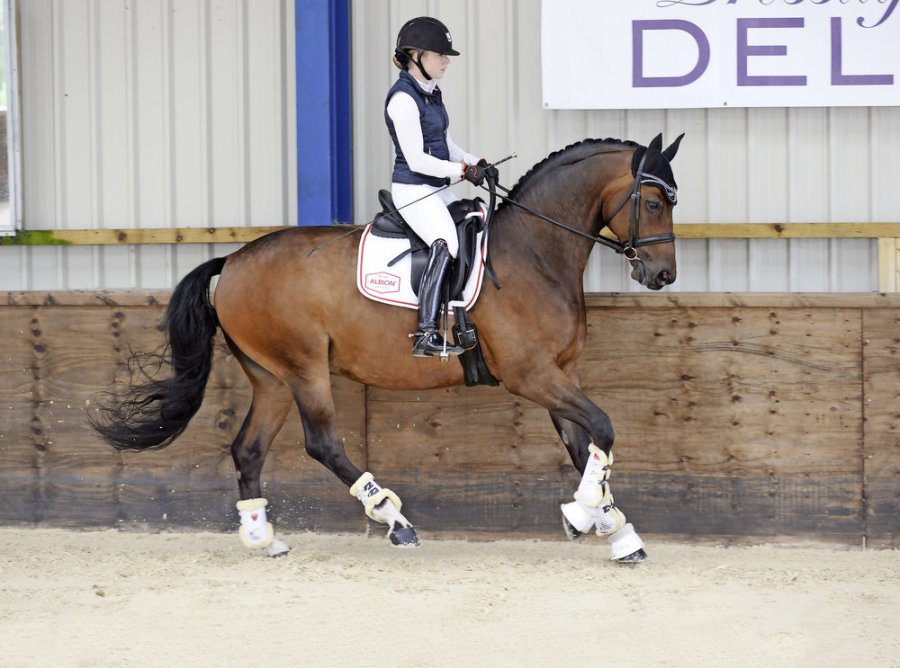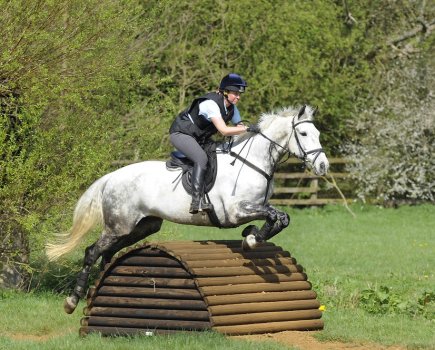Horse prone to striking off with the wrong leg leading in canter? Kate Carman, a BHS accredited professional coach and an official scorer for British Eventing who has competed in prix st georges dressage and three-star level eventing, explains how to fix the problem.
A Your Horse reader asks… My horse always strikes off with the correct leg leading on the right rein, but not on the left. Why might this be happening and what am I doing wrong?
Kate answers… The first thing you need to address when a horse consistently strikes off on the wrong leg is why it is happening. Is there a physical issue that would affect straightness? His back and teeth need to be checked, and the saddle fit. There is no point trying to sort out the canter strikeoff if there is a problem with any of these.
Is it you?
If there are no problems there, then you need to look to yourself and your riding position. The best way to do this is to have a lesson with a coach who is experienced in correcting positional faults. You could have the lesson on another horse if you are unable to get your horse to the coach, or even have a session on a mechanical horse.
Are you straight?
Once you have covered these areas you need to see if the horse is straight in both trot and canter. If straightness is an issue, then you are usually best working on it in trot, using lateral movements to help correct the problem, as horses are often more crooked in canter than trot.
Solutions
The problem won’t be fixed overnight, but there are various ways you can help your horse to strike off on the correct lead. Try this:
1 Look to the outside
A simple and often very effective solution is to look to the outside yourself when asking for canter. This helps you keep your bodyweight in a more correct position.
Often, we become so obsessed with the fact that our horse strikes off on the wrong leg on a certain rein that we inadvertently look down or drop our weight to the inside when asking for the strike off, but this makes it even more difficult for the horse to take up the correct leg.
Just by looking clearly to the outside, we keep ourselves straighter and support the horse.
2 Use a pole
Try asking for the canter transition as you cross over a pole on the ground. Being clear with your aids about which way you want to go afterwards, and so which leg needs to lead, is important here.
3 Leg-yield
Ask for canter out of leg-yield. Turn down the three-quarter line in trot and leg-yield back to the track so that you arrive there just before the corner.
Then ask for canter.
You need to ensure that your leg-yield is ridden correctly and the horse doesn’t fall out through the shoulder, as this will just make the problem worse.










